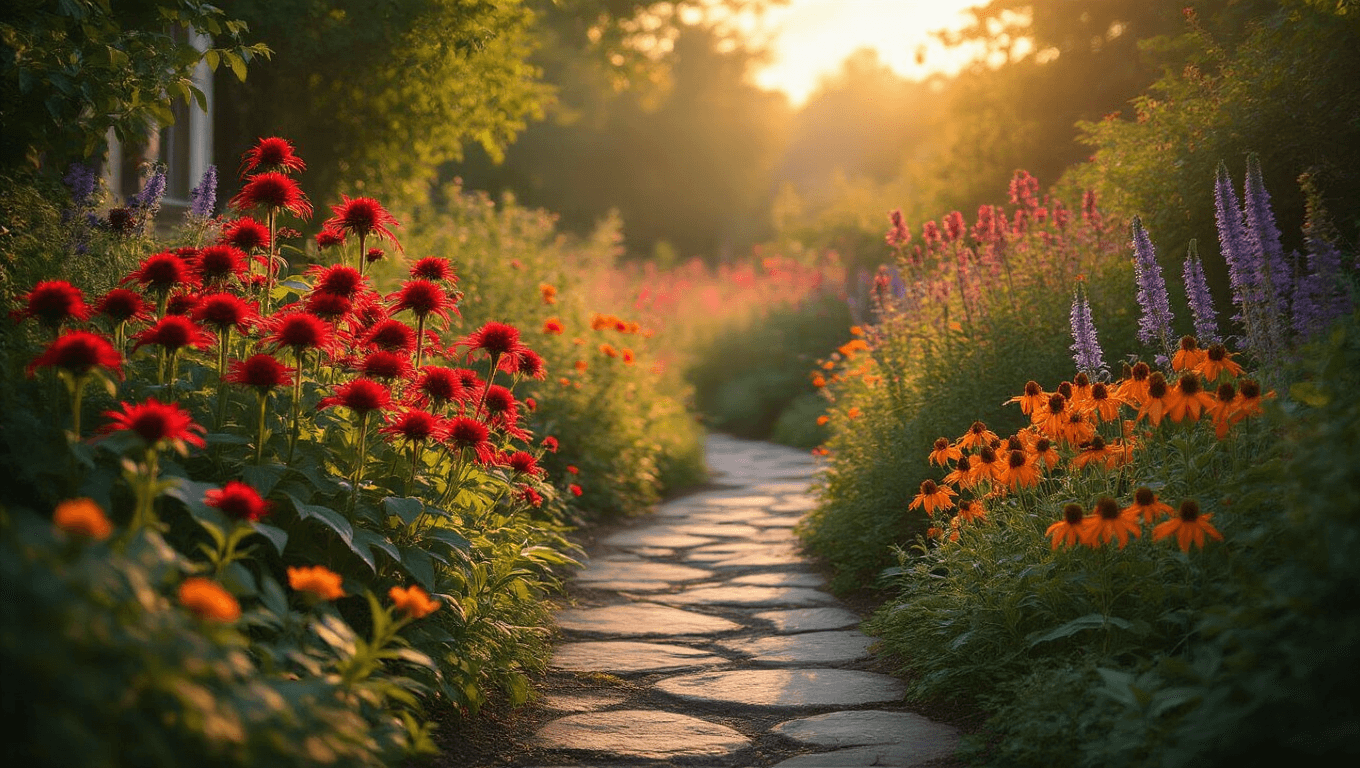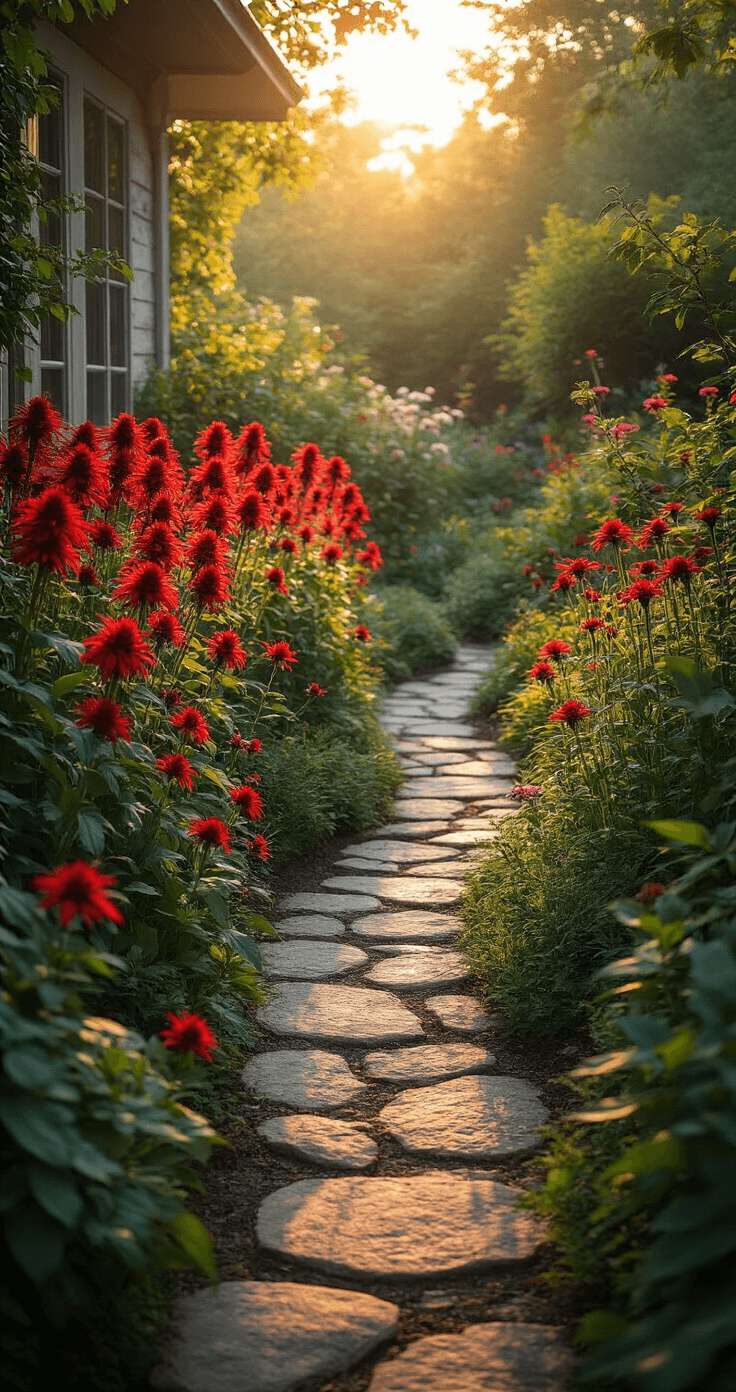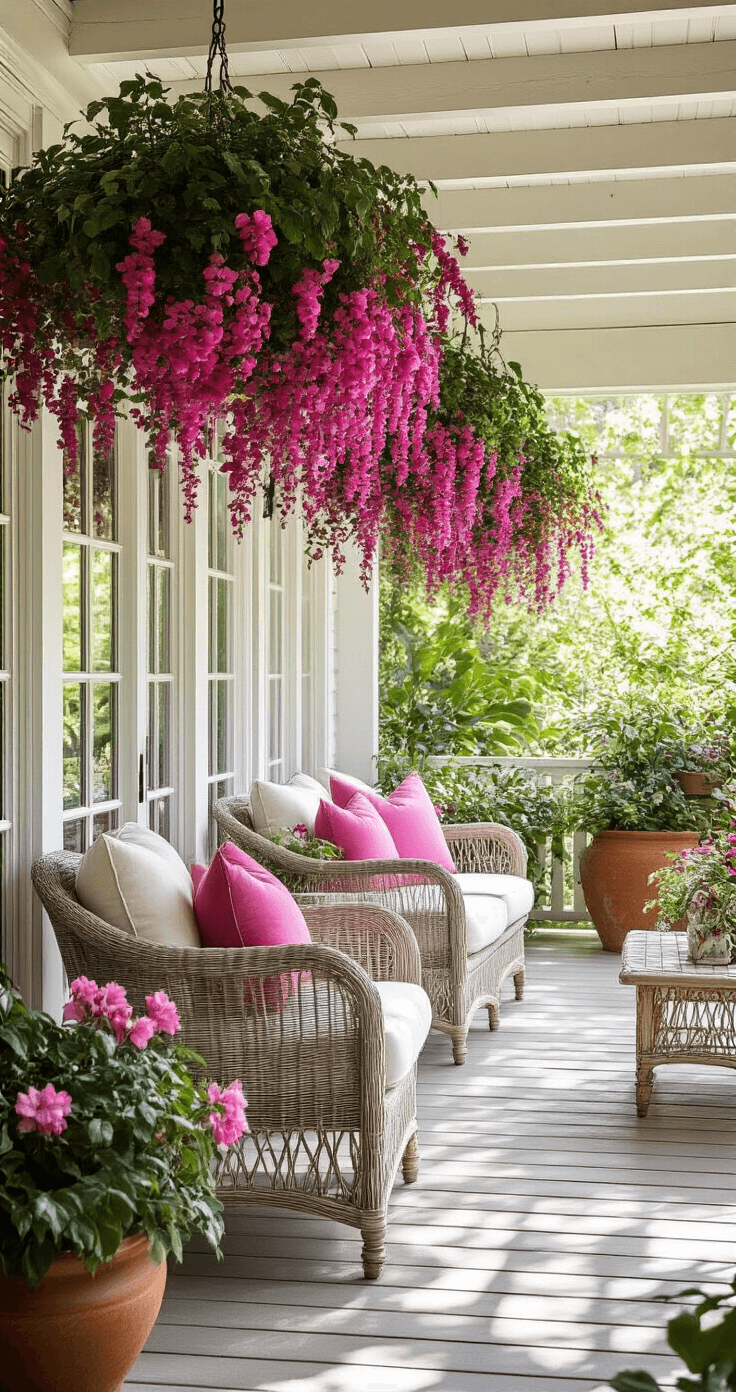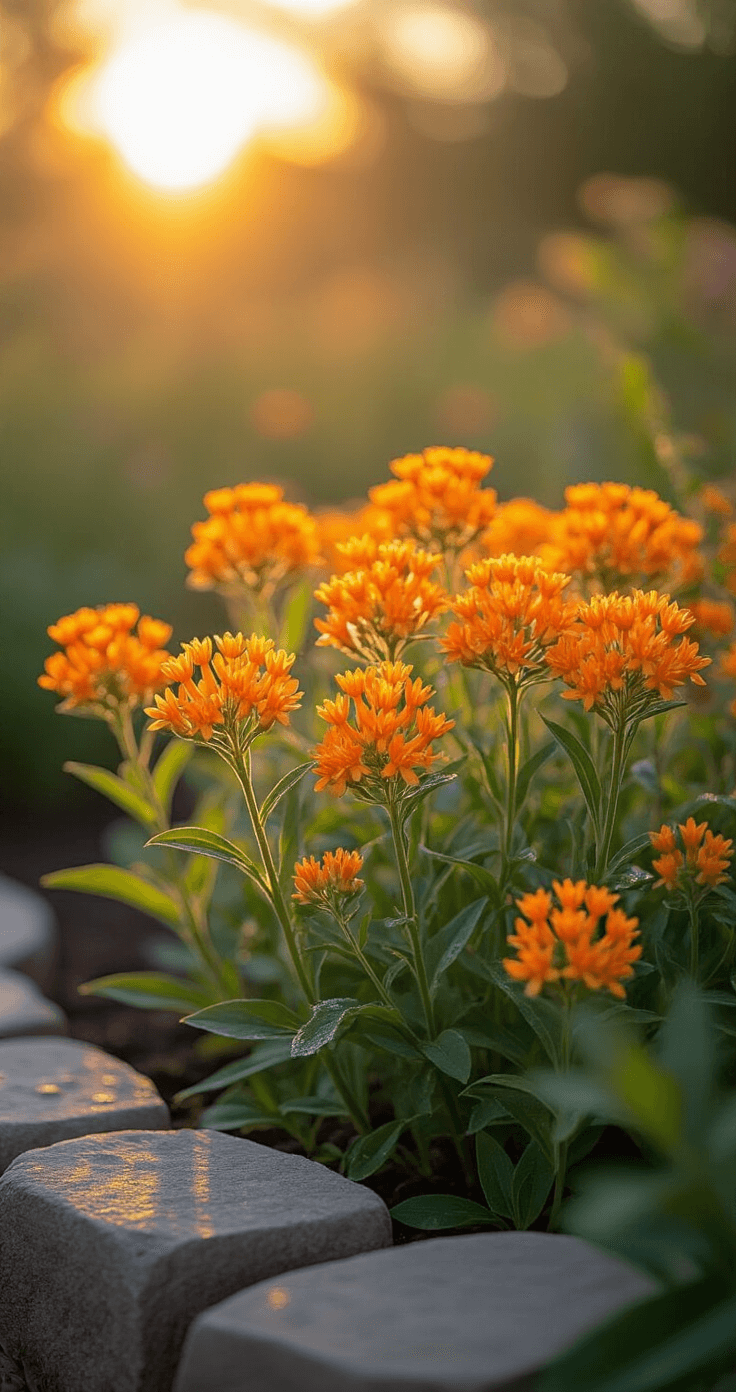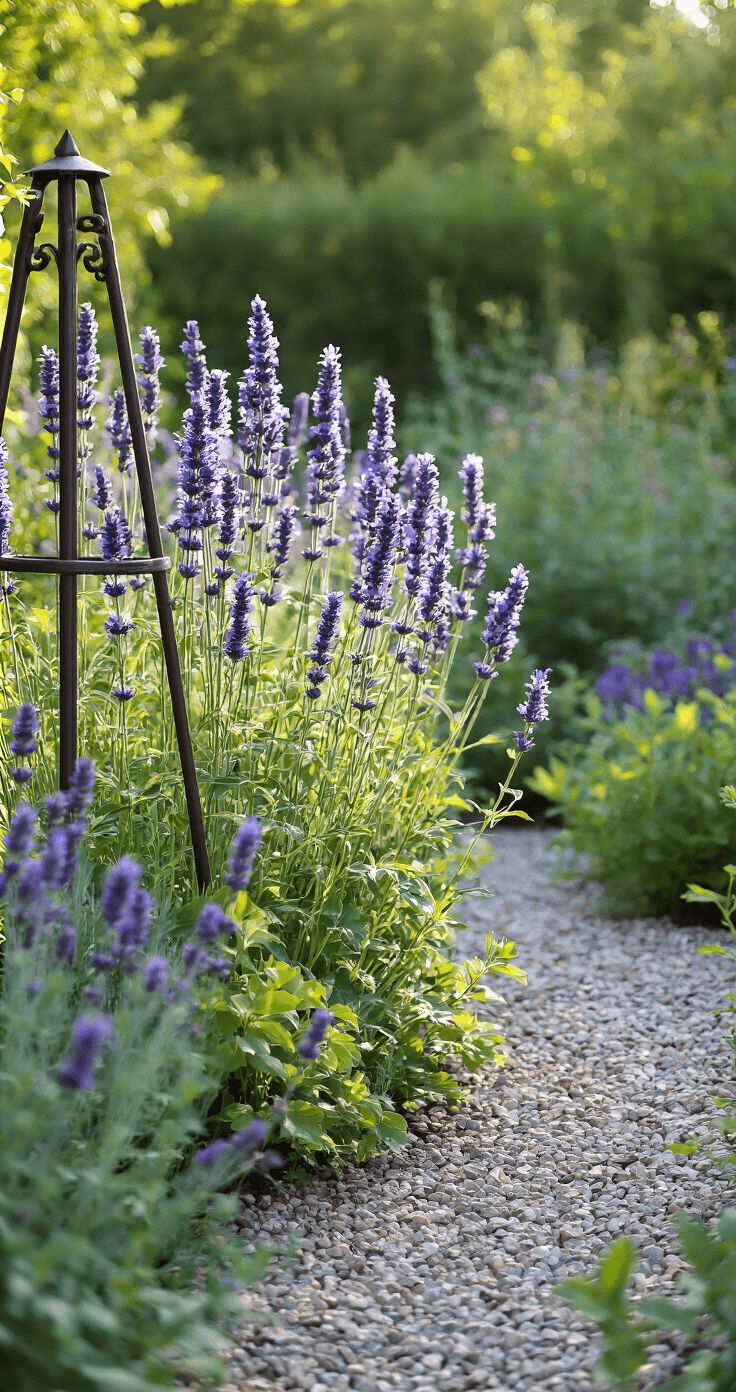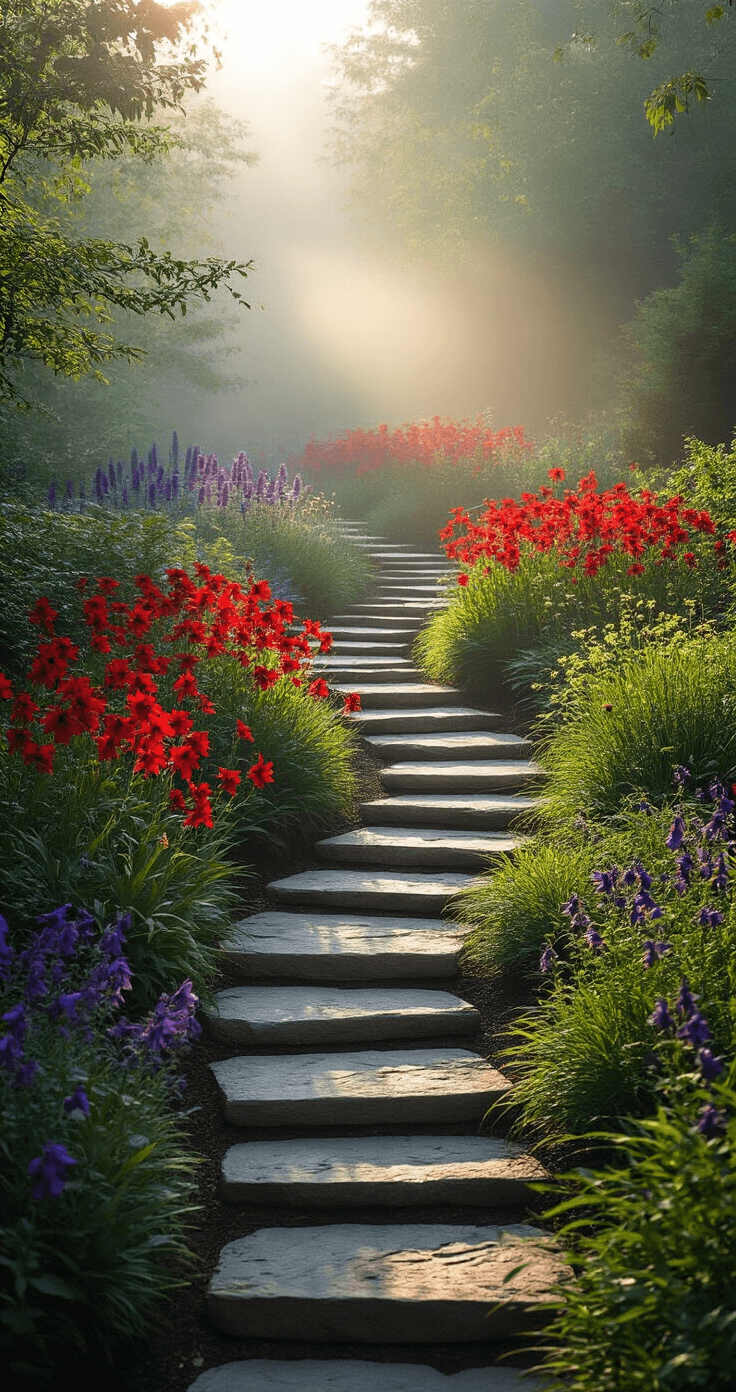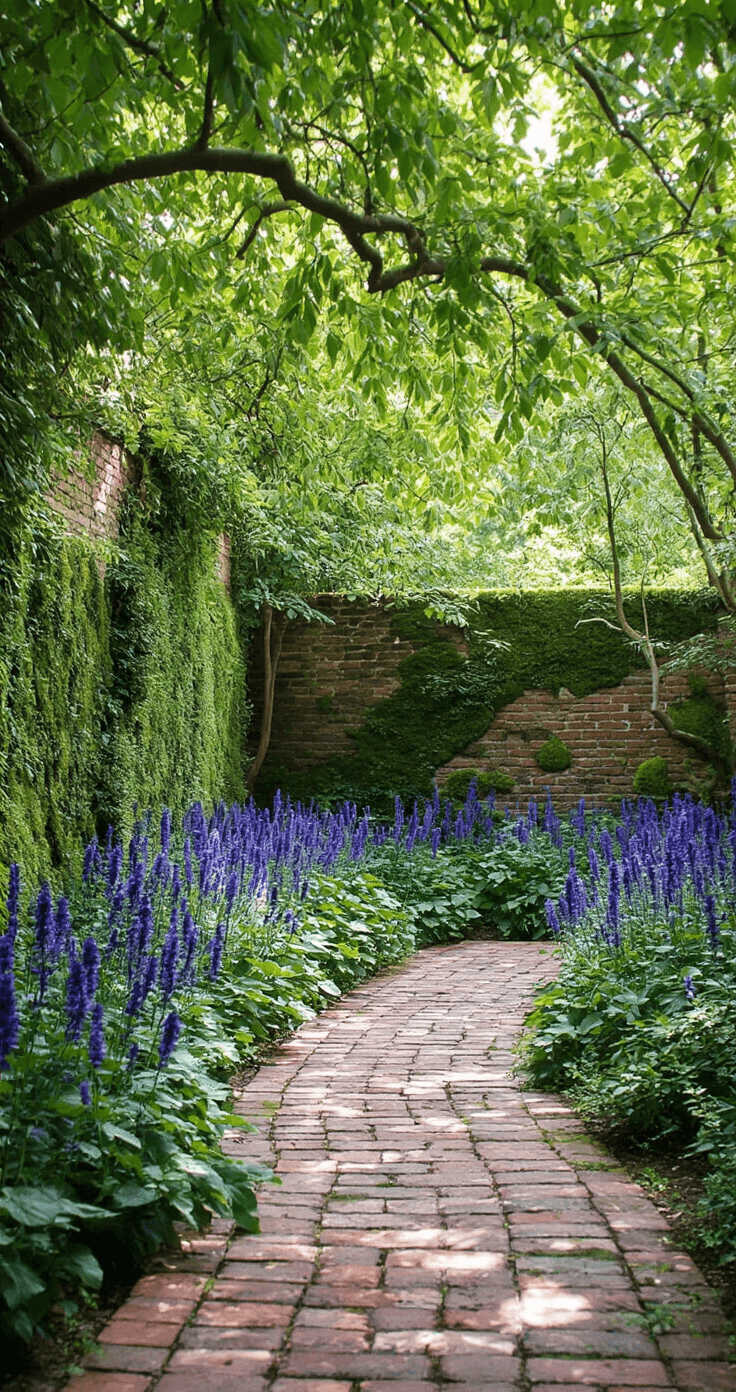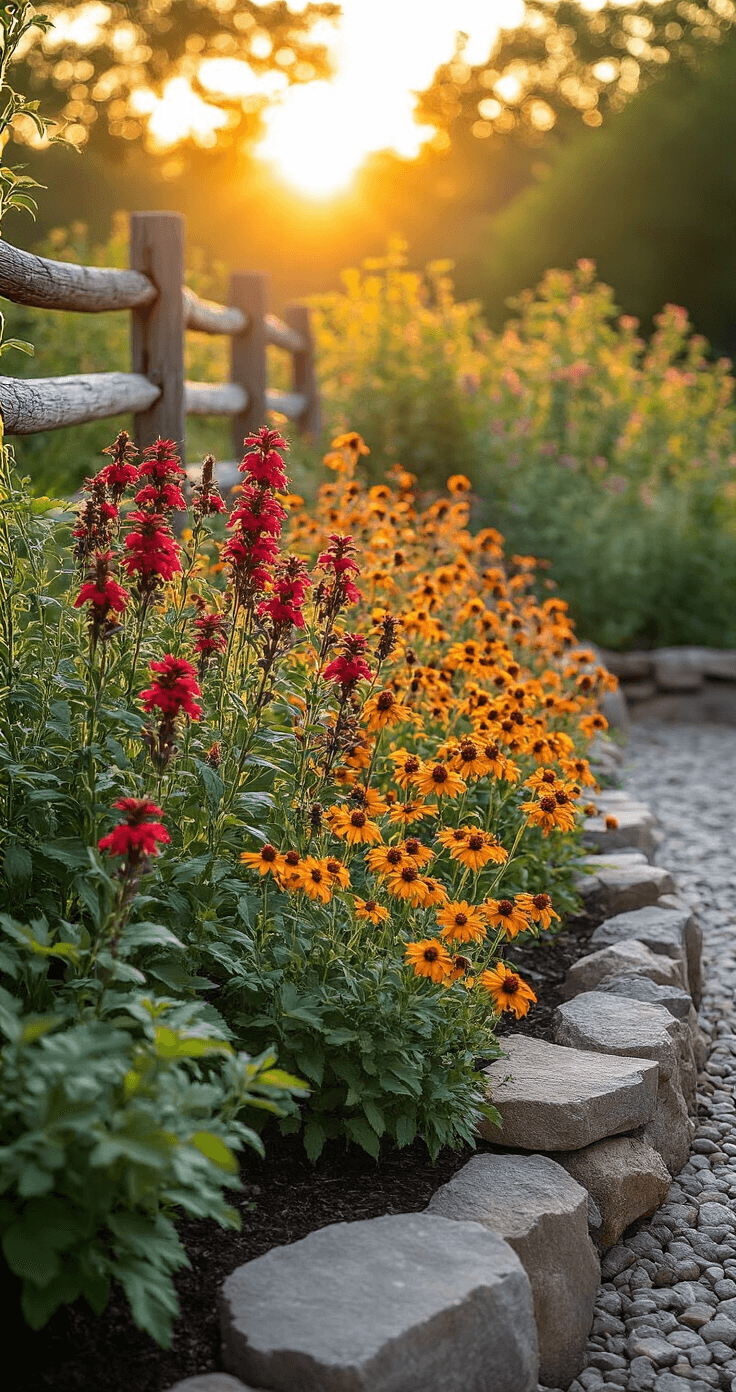This post may contain affiliate links. Please see my disclosure policy for details.
Attract Hummingbirds: The Ultimate Guide to Nectar-Rich Flowers
Contents
Imagine stepping into your garden and watching tiny, iridescent hummingbirds dart between vibrant blooms like living jewels. I’ve spent years perfecting my garden to become a hummingbird haven, and I’m about to share my insider secrets.
Why Hummingbirds Love Certain Flowers
Hummingbirds are attracted to specific flower characteristics:
- Bright Colors: Especially reds and oranges
- Tubular Flower Shapes: Perfect for their long, specialized beaks
- Abundant Nectar: High-energy fuel for their rapid metabolism
Top 10 Hummingbird Magnet Flowers
1. Bee Balm (Monarda)
- Native North American perennial
- Brilliant tubular blooms
- Thrives in multiple climate zones
2. Cardinal Flower (Lobelia cardinalis)
- Intense scarlet red flowers
- Loves moist garden areas
- Blooms mid-summer to early fall
3. Fuchsia
- Dramatic hanging flowers
- Ideal for hanging baskets
- Continuous blooming potential
4. Butterfly Milkweed
- Vibrant orange clusters
- Attracts multiple pollinators
- Drought-resistant native plant
5. Agastache (Hummingbird Mint)
- Long tubular blossoms
- Multiple color variations
- Extended blooming season
Pro Gardening Tips
Strategic Planting Techniques:
- Create multi-level flower arrangements
- Mix native and cultivated species
- Ensure continuous bloom from spring through fall
What Hummingbirds Really Want
Hummingbirds prioritize:
- Easy nectar access
- Bright, distinctive colors
- Consistent food sources
- Safe, accessible feeding areas
Common Mistakes to Avoid
- ❌ Don’t plant only flat, open flowers
- ❌ Avoid heavily scented blooms
- ❌ Never use pesticides near hummingbird plants
Native Plant Recommendations
Best native options include:
- Bee Balm
- Cardinal Flower
- Columbine
- Penstemon
- Salvia species
Maintenance and Care
- Watering: Keep soil consistently moist
- Sunlight: Mostly full sun to partial shade
- Soil: Well-draining, rich in organic matter
Final Thoughts
Creating a hummingbird-friendly garden isn’t just about beauty—it’s about supporting these incredible pollinators. With the right flowers and approach, you’ll transform your outdoor space into a living, buzzing ecosystem.
Pro Tip: Plant in clusters and create multiple nectar stations to maximize hummingbird visits!

